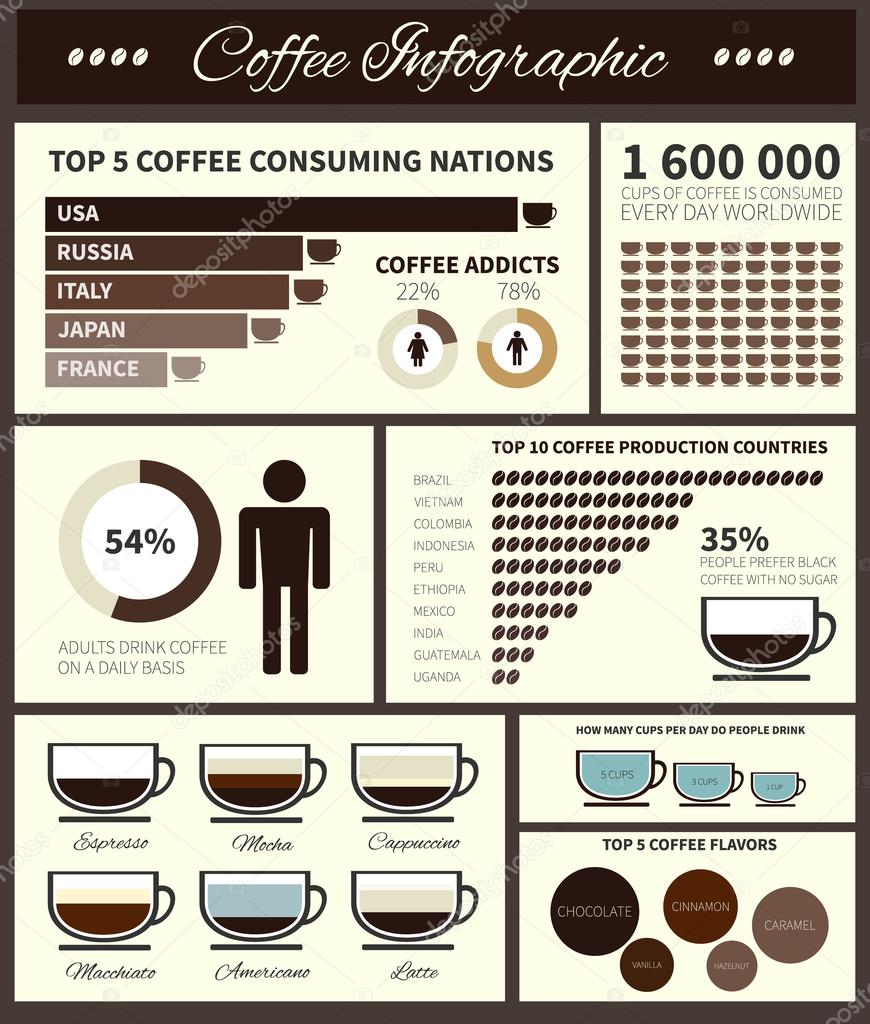


Image by Freepik Types of Infographics #7: FlowchartĪ flowchart uses boxes, flow lines, arrows, and others to reflect the steps of any process from start to finish. This makes data more lively than endless boring statistics or tables. By using a combination of text, charts, images, etc., this infographic design focuses on keeping the message’s straight and clear. For this reason, we can use this type of infographic to portray data from many sources or present survey results. Statistics infographics are given birth to digest complex and nuanced data.

Image by Freepik Types of Infographics #6: Statistics Company geographical sales distribution.Moreover, it is also possible to use map infographics to compare a wide range of selections as well. Specifically, this style of visual is excellent for pointing out regional and worldwide statistics that readers care about. Using a location infographic is one of the finest methods to express patterns visually across a region or worldwide. Image by Freepik Types of Infographics #5: Map Advantages and disadvantages of something.Since they are presented in side-by-side infographic poster format, they can highlight similarities, contrasts, and relative relationships. By doing so, this makes it possible for the audience to distinguish between two or more items visually. In most cases, a comparison infographic will have one option on each side of a divide, either vertically or horizontally. Image by Freepik Types of Infographics #4: ComparisonĬomparison infographics are a wise choice when you want to highlight contrast effects. The historical development of Earth/human beings/a nation.One way is to explain how something has evolved over time, or how one thing leads to another. Otherwise, this type of infographic can shorten a long, complex story easier to understand. To emphasize the information, images or visual graphics might be applied into the timeline. Since a timeline is often arranged in a linear layout, this infographic type is quite popular with historical topics and future events forecast. Image by Freepik Types of Infographic #3: Timeline Checklist before having business travel.You can use it to list anything that you think your readers will find helpful. In contrast to a bullet list, they allow viewers to arrange data in a more appealing way. Thus, they work well to draw viewers and increase interaction. List infographics are one of the most popular types of infographics. Internet usage report in a country/a cityĬoffee Infographic Image Vector by Favete Types of Infographic #2: List.Moreover, building content infographic like this will help you build trust since they let you educate your audience and show your major knowledge. Therefore, they are ideal for using images to teach any concepts or subjects visually. Inspired by Freepik Types of Infographics #1: InformationĬompared to other infographics types, informational infographics typically contain more text. The outline will be packed in an infographic poster below: In this blog post, we’ll discuss 10 types of infographics and when each one should be used. But it can be difficult to jumpstart because there are different types of infographics available. When applied properly, they may make information easier for the audience to understand. Infographics are an effective technique for rapidly and clearly presenting the information. Take a visit to today’s blog post to sort out your exact match. A broad understanding of infographics types will widen your options when presenting complex data in an infographic poster.


 0 kommentar(er)
0 kommentar(er)
